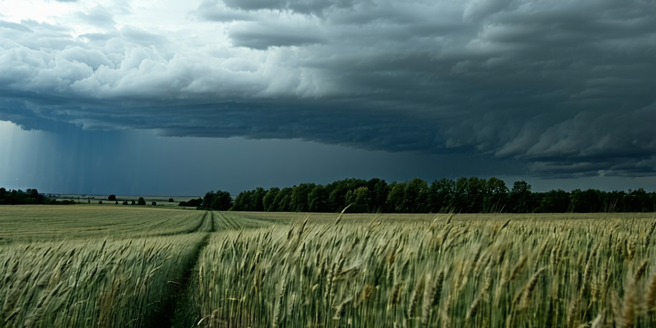
Understanding Cold Fronts and Weather Patterns
Cold fronts are weather phenomena that occur when a mass of cold air overtakes a mass of warm air. As the cold air wedges underneath the warm air, it forces the warm air to rise, which can then lead to the formation of clouds and precipitation. These fronts are often accompanied by a sudden drop in temperature and changes in wind patterns. Understanding the mechanics of cold fronts is crucial for predicting weather changes, as they can bring about severe weather, including thunderstorms and high winds. Meteorologists closely monitor these fronts to provide accurate weather forecasts and warnings. Being aware of how cold fronts develop and move can help individuals prepare and minimize any potential disruptions to daily life, particularly for those more vulnerable to temperature fluctuations.
How Cold Fronts Impact Respiratory Health
Cold fronts can greatly impact respiratory health, particularly for individuals with pre-existing conditions such as asthma. The sudden decrease in temperature and the increase in humidity can lead to the constriction of airways, making it difficult for sensitive individuals to breathe. These weather changes can also increase airway inflammation and trigger asthma symptoms. Moreover, cold air tends to be dry, which can irritate the respiratory system and lead to increased mucus production. For those with chronic respiratory issues, exposure to cold fronts can exacerbate symptoms, requiring increased medication use or medical attention. Understanding the link between weather patterns and respiratory health can aid in anticipating these challenges and taking preventative measures to reduce their impact.
Identifying Common Asthma Triggers During Cold Fronts
During cold fronts, various factors can act as asthma triggers, worsening symptoms for sufferers. One common trigger is the influx of cold, dry air which can directly irritate sensitive airways. Additionally, cold fronts often come with increased wind, which can stir up pollen, dust, and other airborne allergens. These particles, when inhaled, can aggravate the respiratory system. Moreover, the abrupt change in weather conditions may lead to increased mold spores, another known asthma trigger. Individuals may notice a tightening in their chest or increased wheezing during these changes. Being aware of these potential triggers is crucial for asthma sufferers to manage their condition effectively and prevent severe asthma attacks during cold front events.
Preventative Measures for Asthma Sufferers
Asthma sufferers can take various preventative measures to minimize the impact of cold fronts on their respiratory health. First, it is important to monitor weather forecasts and prepare for approaching cold fronts by staying indoors when possible. Using a humidifier can help add moisture to dry indoor air, preventing airway irritation. Asthma sufferers should also ensure that their medication is up-to-date and readily accessible, as inhaler use may increase during cold weather changes. Wearing a scarf over the nose and mouth when outdoors can help warm and humidify the air before it reaches the lungs. By taking these proactive steps, individuals with asthma can better manage their symptoms and reduce the risk of asthma attacks triggered by cold fronts.
Tips for Managing Asthma in Cold Weather
Managing asthma effectively during cold weather involves several practical strategies. Staying warm is key, so dressing in layers and covering the mouth with a scarf can help. Engaging in a proper warm-up routine before exercising outdoors is crucial, as is opting for indoor workouts when temperatures drop significantly. Keeping a clean indoor environment by vacuuming frequently and using air purifiers can reduce exposure to indoor allergens. It’s also beneficial to monitor indoor humidity levels, as overly dry air can irritate the airways. Consulting with healthcare providers to adjust asthma management plans and medication dosage in anticipation of cold weather can provide further protection against symptom exacerbation. Awareness and preparedness are essential for maintaining respiratory health throughout colder months.
